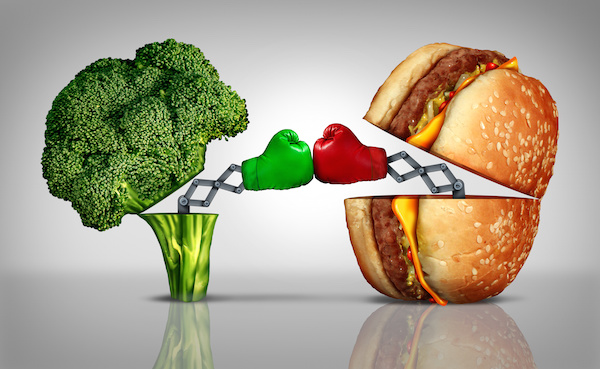<img src="/grocery.jpg" alt="" title="Do You Really Read Nutrition Labels?” class=”alignleft size-full wp-image-161″ />
MONDAY, Oct. 24 (HealthDay News) — American consumers don’t pay as much attention to food product nutrition labels as they claim, a new study finds.
Researchers asked 203 people to look at information about 64 different grocery products displayed on a computer screen. The information included the well-known Nutrition Facts label, a picture and list of ingredients, and a description of the product that included price and quantity.
The participants’ eye movements were tracked as they looked at the information on the computer screens. This revealed that many participants read only the top five lines on the Nutrition Facts label and that their self-reported viewing of certain items on the label was much higher than it actually was, the study said.
While 33 percent said they almost always look at calorie content, 31 percent said the same about total fat content, 20 percent for trans-fat content, 24 percent for sugar content and 26 percent for serving size.
However, only 9 percent of the participants actually looked at calorie count for nearly all the products in the study, and only about 1 percent looked at total fat, trans-fat, sugar content and serving size.
The study also found that the participants looked at centrally located Nutrition Facts labels more often and for longer periods of time, compared to labels located on the right or left sides (peripherally) of food items. Most Nutrition Facts labels on food products sold in the United States are positioned peripherally, the researchers noted.
The study appears in the November issue of the Journal of the American Dietetic Association.
Taken together, the results indicate that self-reported Nutrition Facts label use does not accurately represent use of labels and their components in a simulated shopping exercise, the University of Minnesota researchers wrote in a journal news release.
“In addition, location of labels and of specific label components relate to viewing,” they said. “Consumers are more likely to view centrally located labels and nutrients nearer the label’s top. Because knowing the amounts of key nutrients that foods contain can influence consumers to make healthier purchases, prominently positioning key nutrients, and labels themselves, could substantially impact public health.”
More information
The U.S. Food and Drug Administration explains how to read and understand food nutrition labels.

